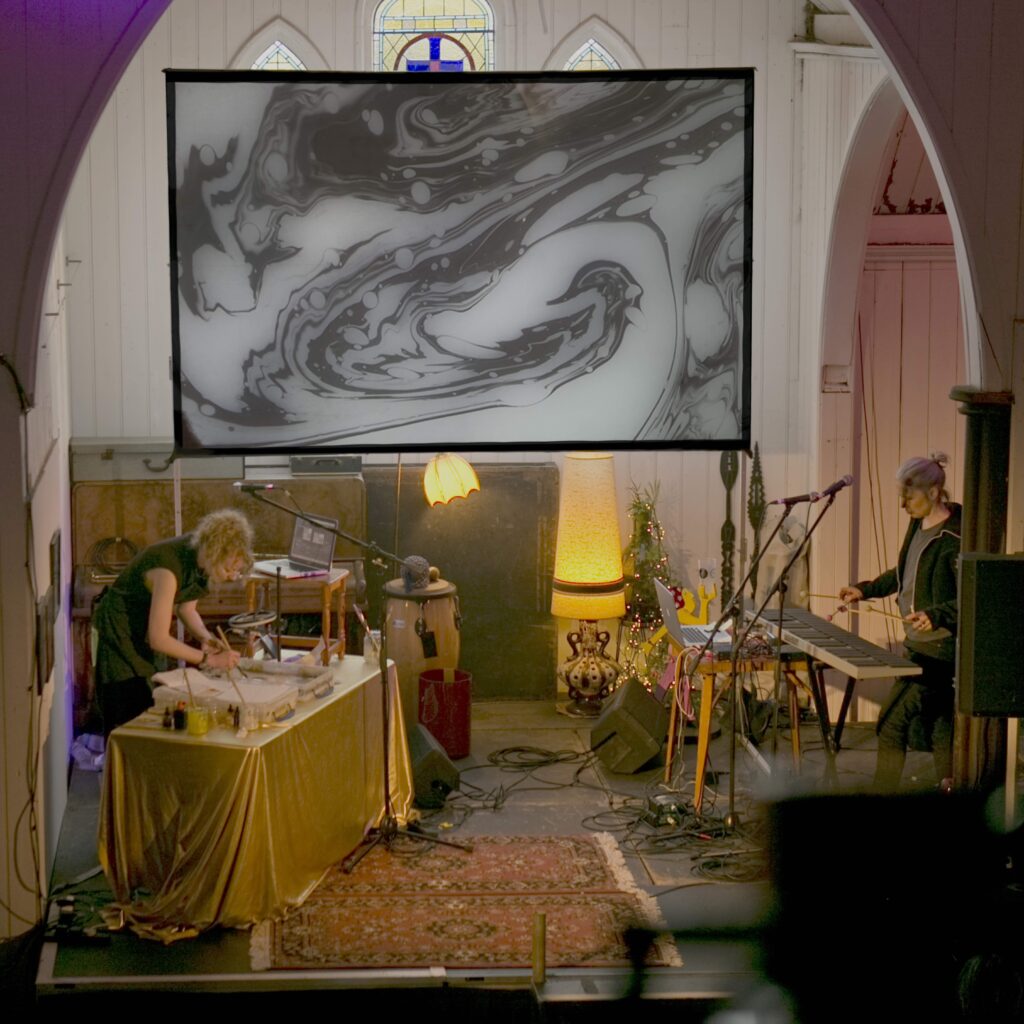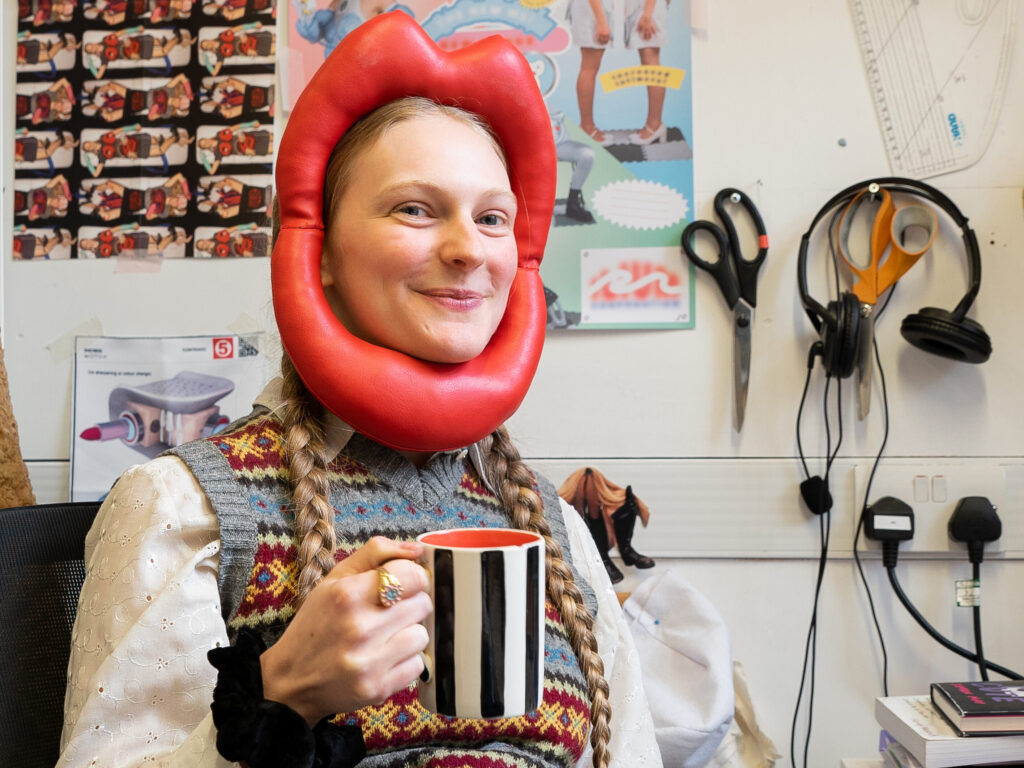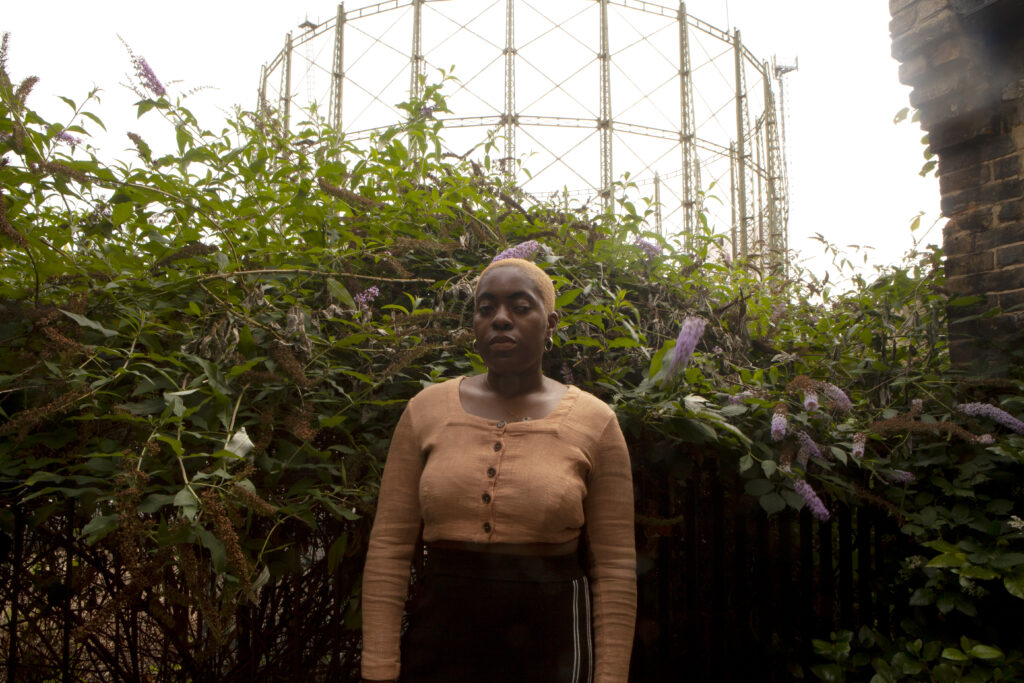
- This event has passed.
Doubleuse
Thursday 22nd February 2007 – Sunday 18th March 2007 , 12:00am to 11:59pm

DOUBLEUSE brings together contemporary practitioners who continue to draw on painting as a useful and functioning context, despite and because of its inherited difficulties. The linguistic term ‘double use’ offers an analogy for painting that attempts to hold mutually contradictory positions. In ‘double use’ two meanings function in the same word; meaning is therefore unstable and unresolved. The work in DOUBLEUSE demonstrates an engagement with painting as a problematic and inconclusive field of practice. The strategies, rules and repeated processes put to work by each of the artists operate in a forced bounce back from edge to edge, and corner to corner; a dead end that does not create stasis but provokes activity.
Private view: Thursday 22nd February 6.30-9.30pm
Jane Harris’s paintings simultaneously muster decorative indulgence and hard won calculation. An optical back and forth between figure and ground is seconded by the task of comparing the small adjustments of one inscribed form against an adjacent look alike.
Ben Ravenscroft systematically places bands of colour in order to retrace the brush marks of the primed surface, both embellishing and disrupting the original function.
A painted lexicon accompanies a recent group of paintings by Mick Finch. In a repeated re-configuring of the same stock images, looking is interrupted by finding and matching.
Painted lines run from top to bottom, but the restrictive logic of Katherine McKee’s activity does not result in austere abstraction. Formality or simplicity of intention is undermined by gaudy colour, hiccups in the paint and a skew-whiff attempt at the vertical.
Louise Hopkinsis involved in a process of doubling; erasure and reiteration go hand in hand as counterparts to received surfaces, graph paper, patterned fabric, or maps, are patiently amended and remade over the top.
Pavel Buchler constructs paintings at arms length in his series ‘Modern Paintings’. Paint is reclaimed from found paintings, as a process of detachment and reattachment is repeated for each canvas.
Sadie Murdoch’s interventions into pristine modernist space undermine closed or fixed readings, and in particular the historical attribution of work. A duplicate or model is often made as a double that questions authenticity and contains the artist’s gesture.
The precision of Gerard Hemsworth’s emblematic outlines make the act of naming emphatic and full of doubt at the same time; curved graphic lines come together just enough to make a bunny in a landscape, acknowledging the recognition process and the need for meaning without settling on either.
Delivered with an exactness that is unnerving, Richard Kirwan keeps tabs on wayward elements in his controlled abstractions. The oddness of the internal repetitions denies the temptation for the singular, the absolute or the settled.
As the accumulated clutter of art history vies for attention in Caragh Thuring’s work, the paint marks tip precariously between the task of representation and the residue of gesture.
In Moyra Derby’s paintings a range of descriptive schemas are used simultaneously, offering the potential for pictorial logic while withholding a fixed or final outcome.
John Wilkinsperforms a type of representational ventriloquism. The repeated use of a caricatured highlight and shadow is a self imposed restriction, a distancing device like the card stencils that confine the gesture of mark making.
In the series ‘Clouds in Trousers’ Amikam Toren takes white overalls or boiler suits and makes them form the fabric basis of a painting, and at the same time serve as the cloth to catch the debris and wipe off from making. This co-existence allows an active response to the dilemma of how it might be possible to make a painting, without proposing any solution.
For further information contact: doubleuse@mythomania.co.uk www.mythomania.co.uk


